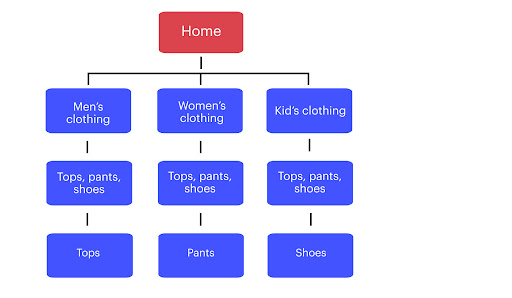Understanding the structure of a web page is essential for data scraping. The structure of a web page refers to the organization and arrangement of its elements, which are defined using HTML. Here are the key components that make up the structure of a typical web page:
- HTML Tags: HTML tags define different elements within a web page. Tags are enclosed in angle brackets (< >) and can have attributes that provide additional information or properties. Some common HTML tags include:
<html>: The root element of an HTML page.<head>: Contains meta-information about the page, such as the title, links to stylesheets, or scripts.<body>: Contains the visible content of the page, including text, images, links, and other elements.<div>: Represents a division or section of the page, often used for layout purposes.<p>: Represents a paragraph of text.<a>: Defines a hyperlink or anchor that links to another web page or location within the page.<img>: Displays an image on the page.<table>: Represents tabular data organized in rows and columns.
- Attributes: HTML tags can have attributes that provide additional information or properties to the elements. Attributes are specified within the opening tag and can include properties like
id,class,src,href, or custom attributes. Attributes are used to uniquely identify elements or apply styles and behaviors. - DOM (Document Object Model): The DOM is a programming interface that represents the structure of an HTML document as a tree-like structure. It provides a way to access and manipulate the elements and content of a web page using APIs like JavaScript. The DOM allows you to traverse the tree, select specific elements, modify their attributes or content, and extract data from them during data scraping.
- CSS Selectors: CSS selectors are used to target and style specific elements within a web page. They allow you to select elements based on their tag name, class, ID, or other attributes. CSS selectors are also frequently used in data scraping to identify and extract specific data elements from the page structure.
By inspecting the HTML structure of a web page, you can identify the elements that contain the data you want to scrape. This involves examining the HTML tags, their attributes, and their position within the DOM tree. CSS selectors can then be used to precisely target and extract the desired data elements.
Web scraping tools and libraries often provide functionality to parse the HTML structure, navigate the DOM tree, and select elements using CSS selectors. Understanding the structure of a web page will enable you to effectively locate and extract the data you need during the scraping process.
